This is fantastic: animals with amazing eyes.
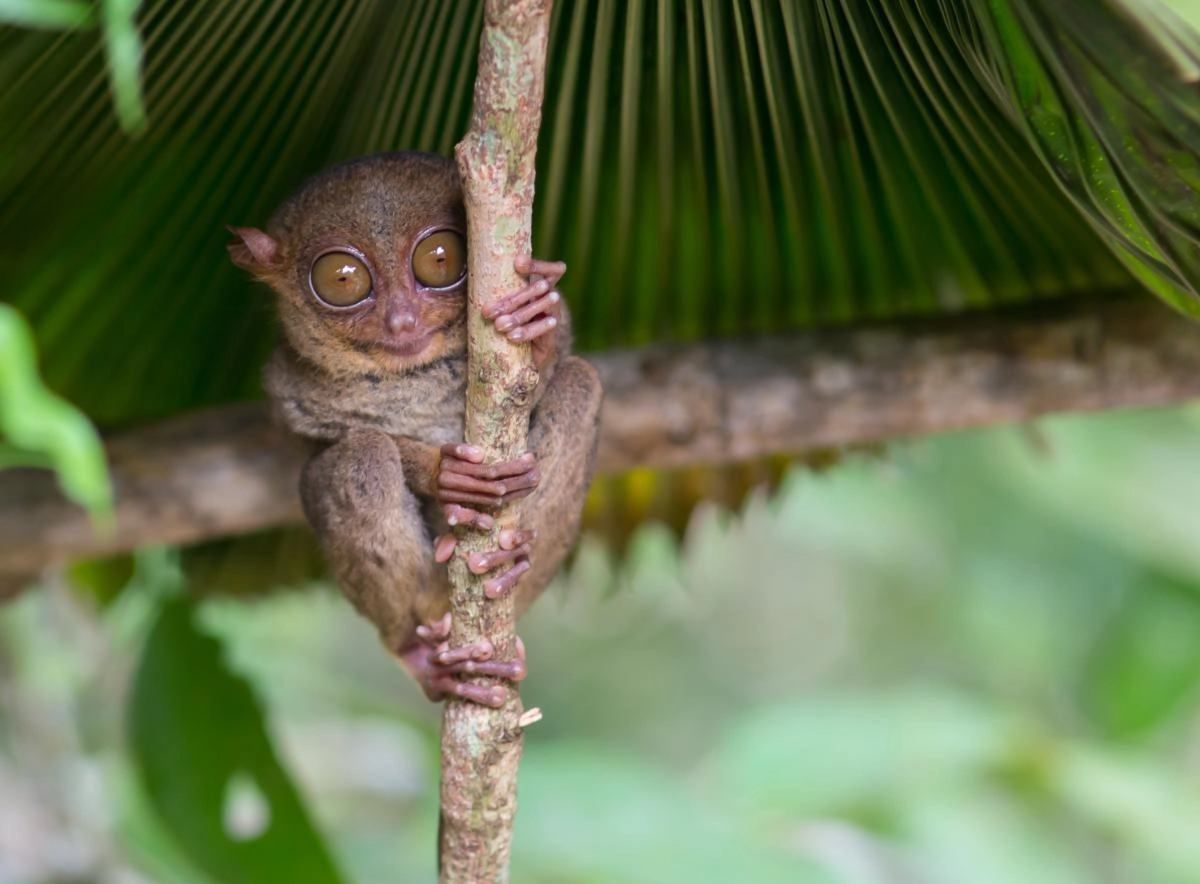
Photo source: 123rf.com
Eyes that see perfectly in the dark, can perceive infrared and ultraviolet light, or take up more space than the brain itself - the animal world is amazing.
Animal eyes are in many cases diametrically different from human eyes and are always fascinating, because they require particularly advanced visual apparatuses in order to adapt and control what is going on around them. Curious in appearance or unusual in size, while others are so rooted in the past that it seems incredible to us that they have not evolved at all.
Dolgopit, a curious primate that lives in Indonesia, has huge eyes compared to its body. It can see exceptionally well in the dark and is an excellent night hunter. This is no coincidence: the larger the eye and cornea, the better light is utilized..
Tarsier. Photo source: 123rf.com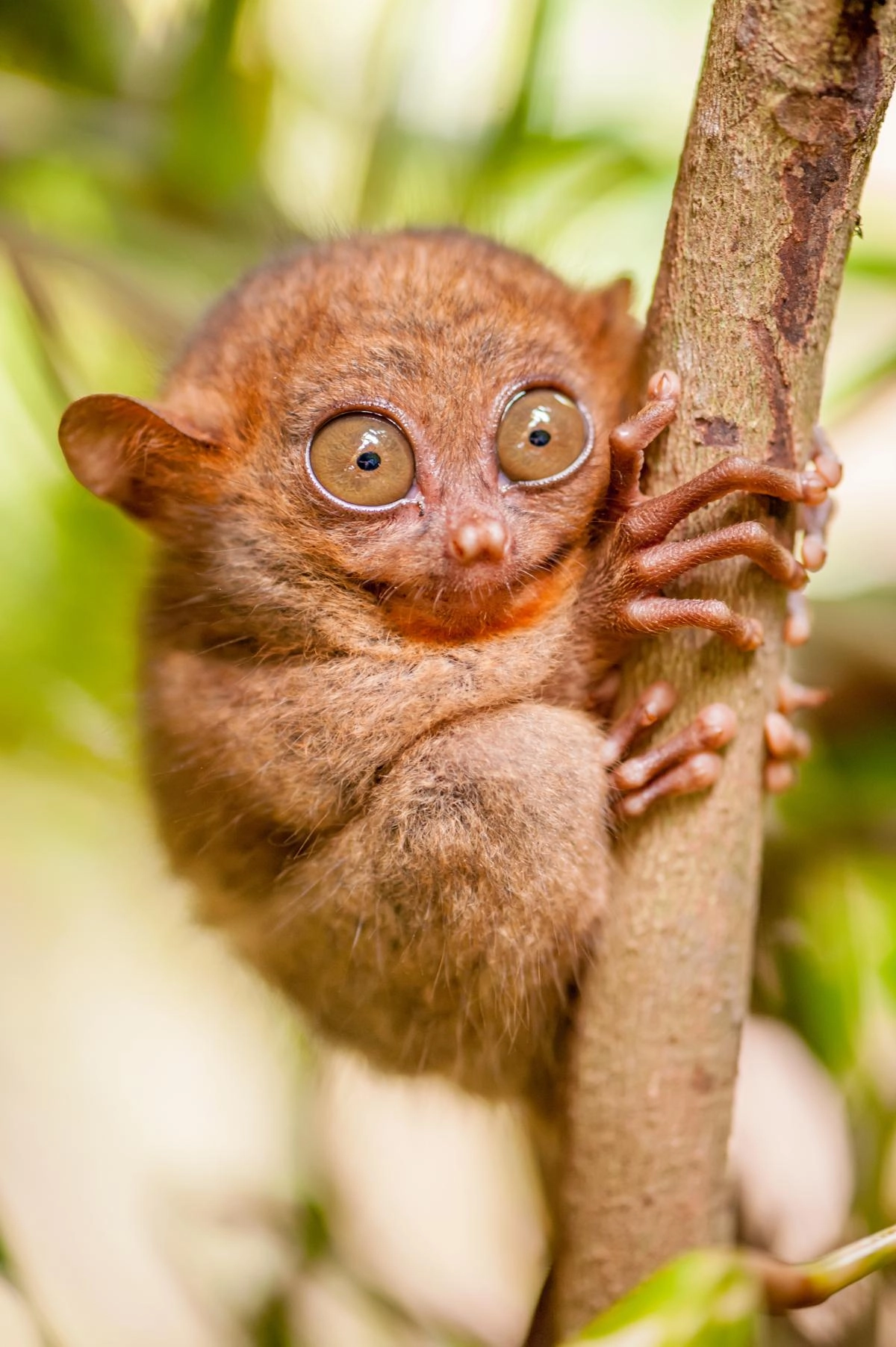
Other animals that can see perfectly well in the dark are cats. Tapetum lucidum is a layer of cells located on or behind the retina that functions as a mirror, reflecting light entering the eye, directing it to the retina, and maximizing light efficiency. Of course, feline eyes are endowed with this shiny shell.
Curiously, there are animals with a horizontal pupil and with a vertical pupil. The horizontal pupil is relevant to the animal's prey status (goat, deer, horse) because it allows it to capture more light from the right and left and therefore detect potential predators. The latter, on the other hand, usually have vertical pupils that are small horizontally and large vertically, with which they calculate distances, have stereoscopic vision, that is, they combine the images they receive from each eye into a single three-dimensional image.
Cat eyes. Photo source: 123rf.com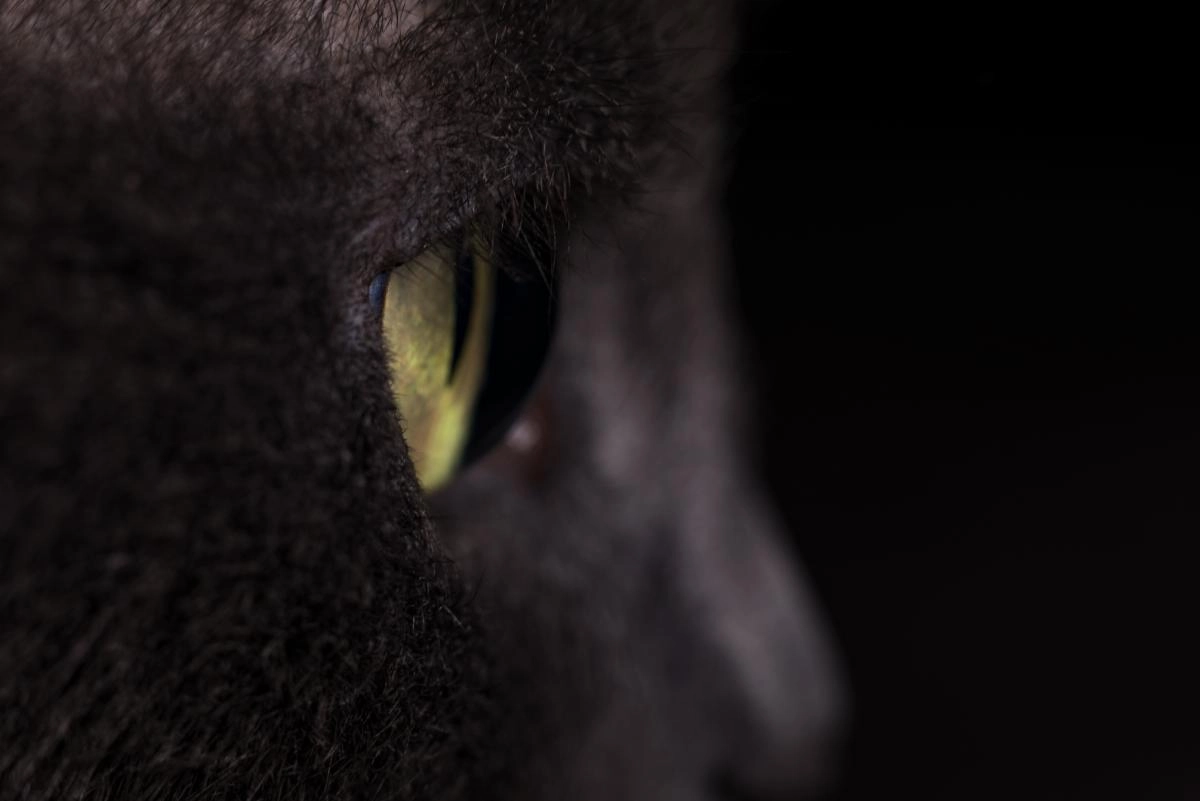
It is also surprising that there are animals that have a third eyelid, such as the same cat. This membrane, which can be transparent or translucent, performs the function of protecting the eye and moisturizing it without reducing visibility. Let's tell about some representatives of the animal world with amazing eyes.
Goat. The pupil of goats and other small ruminants is a horizontal slit, providing them with an enlarged field of vision: from 320 to 340 degrees. Thus, these animals, in order to avoid becoming prey, can be alert while grazing or resting. In addition, even if the goat tilts its head, the pupil always remains horizontal to the ground.
Goat. Photo source: 123rf.com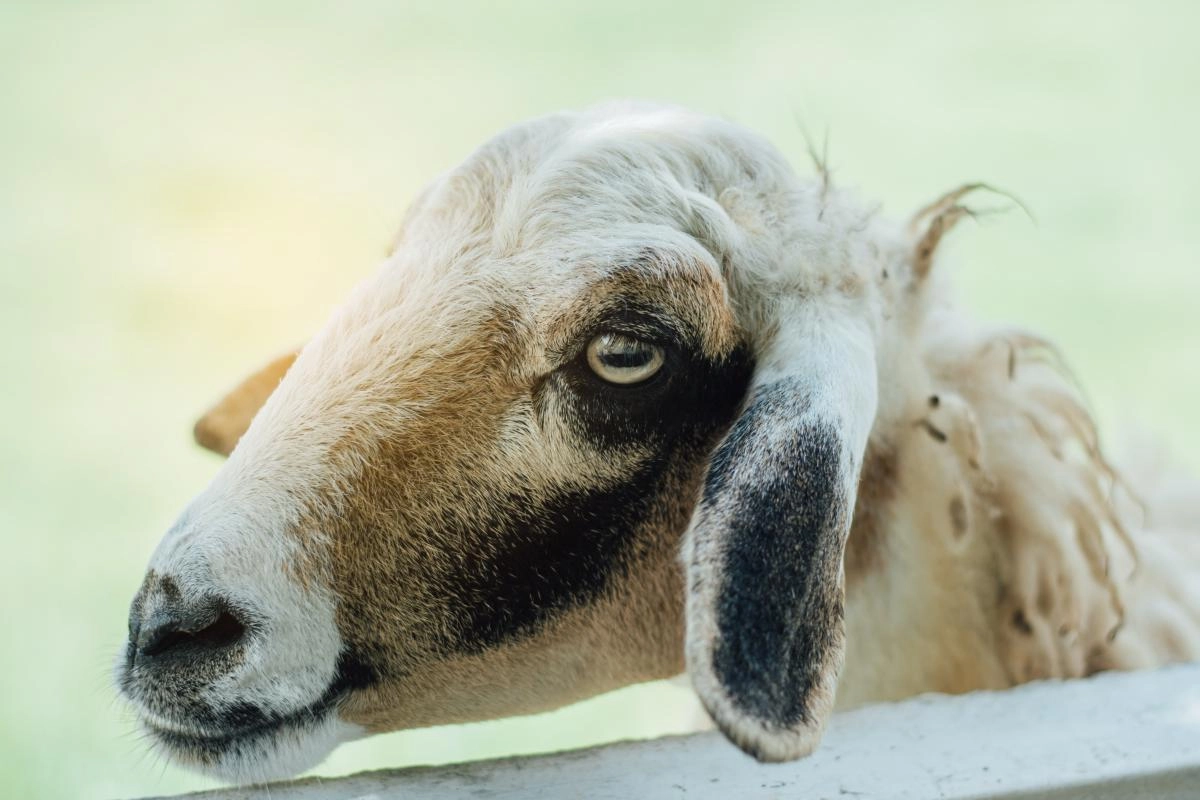
Octopus. The U-shaped pupil is not the only unique thing about octopus eyes. Octopuses are able to change the spectrum of their vision depending on the depth of the water. In coastal areas, they see in green, and as they reach deeper depths, they begin to perceive their environment in the blue spectrum.
Geckos. These nocturnal reptiles are among the few animals in existence that can see colors in the dark. According to the study, their color sensitivity is 350 times higher than that of the human eye. This adaptation is very important for geckos because they typically hunt late at night.
Squid. Some of these cephalopod mollusks have a silvery glow around their eyes, as if they were covered in aluminum foil. This glow comes from microscopic reflective plates that the squid moves at will using thousands of tiny muscles.
The longhorn. This animal has huge eyes compared to its body, making it an excellent nocturnal hunter. With a length of only 15 centimeters and huge "magic" brown eyes, the largest in size compared to the body of all mammals, it sleeps during the day, waiting for night to catch insects and bats.
Tarsier. Photo source: 123rf.com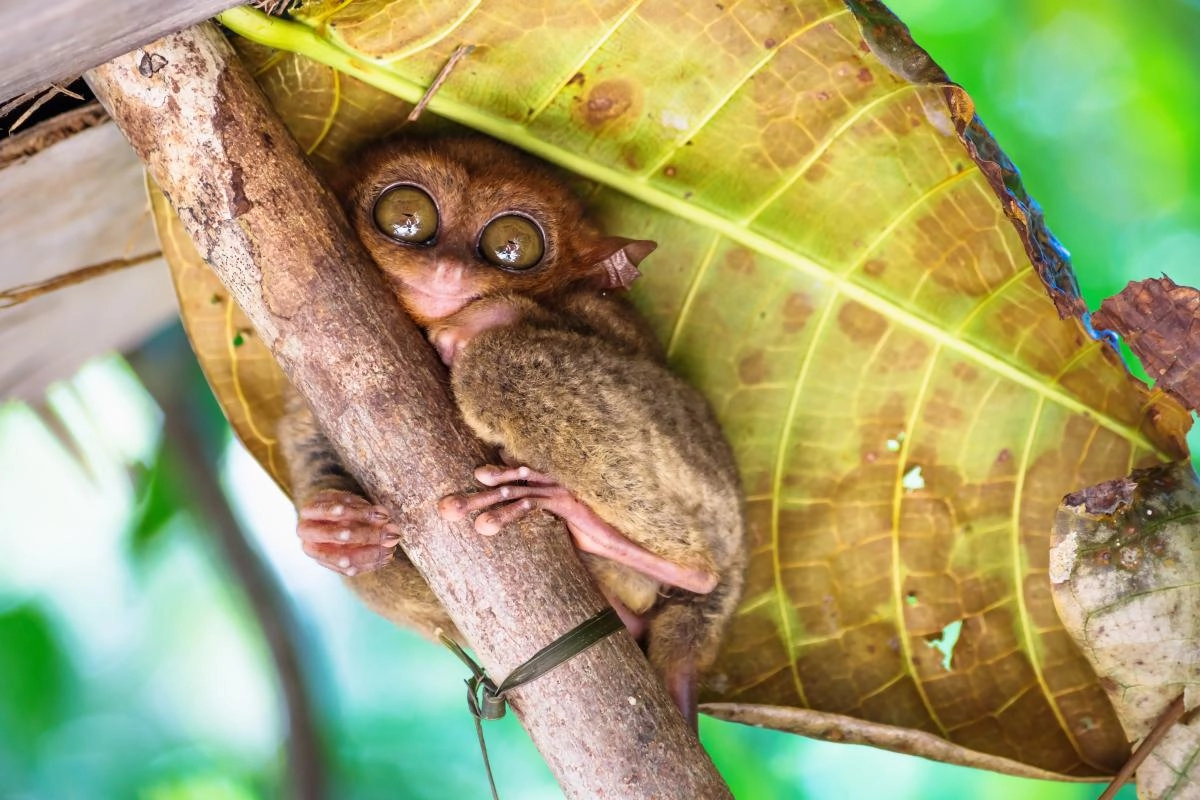
Mantis shrimp. The eyes of aggressive mantis shrimp are magnificent: they can see ultraviolet, infrared and polarized light, and perceive color better than humans, thanks to their twelve types of receptors. They can move independently, rotating 70 degrees, and visual information is processed by the senses rather than the brain.
Chameleon. One of the most amazing features of chameleon eyes is that they can move independently of each other. Their eyelids are fused, and they see through a small opening located in the center. The chameleon's field of vision reaches 360 degrees.
Chameleon. Photo source: 123rf.com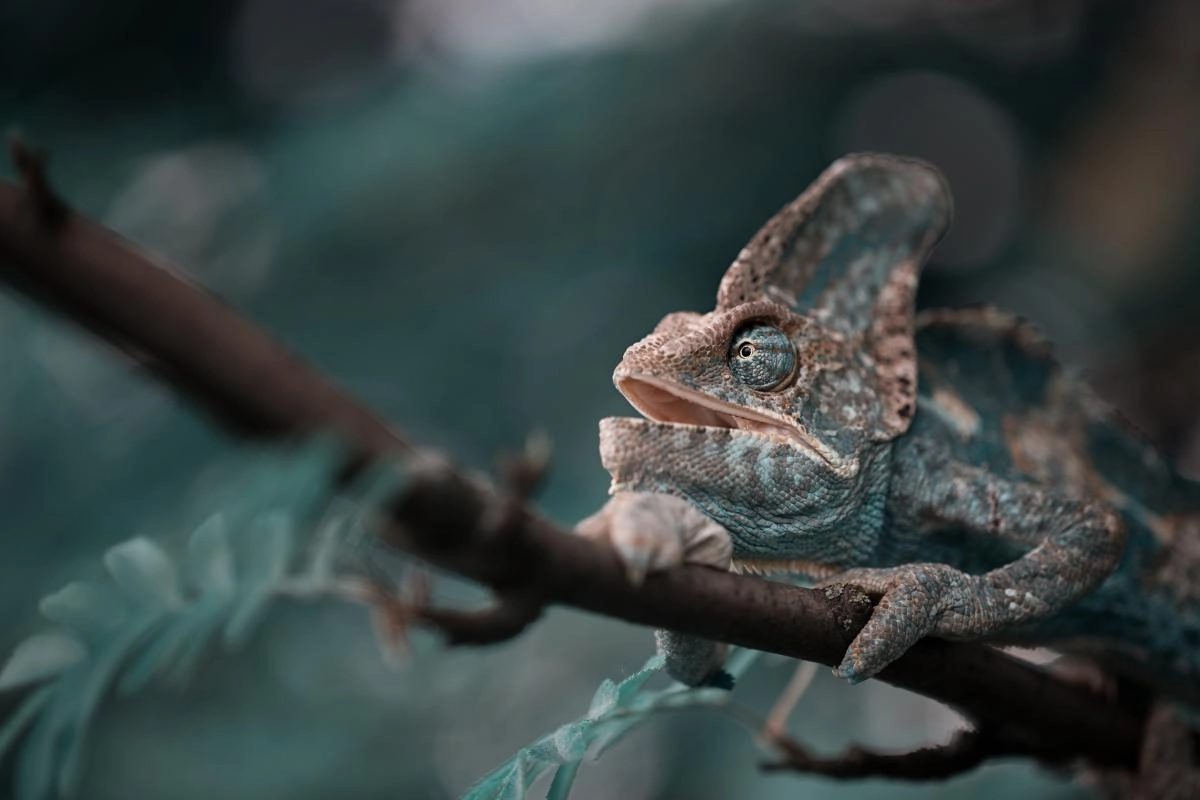
Jumping spider. Like most spiders, jumping spiders (Salticidae) have eight eyes. However, members of this family of spiders keep these organs more developed than the rest of their relatives. In addition, they are able to focus and change their orientation. The front eyes provide stereoscopic vision, and the lateral eyes provide these spiders with a 360 ° field of vision. Thus, they do not need to turn around to control everything around them.
Crocodile. A big feature of crocodile eyes is the fossa. This part of the retina, which makes us see more clearly, in these reptiles has a striped shape, which allows them to explore their surroundings without moving their head. These animals sleep with one eye open if they sense danger or the presence of an animal or person.
Sclater's Lemur. In addition to having one of the most beautiful and rare visual apparatus in the animal kingdom, this primate is the only one with blue eyes other than humans.